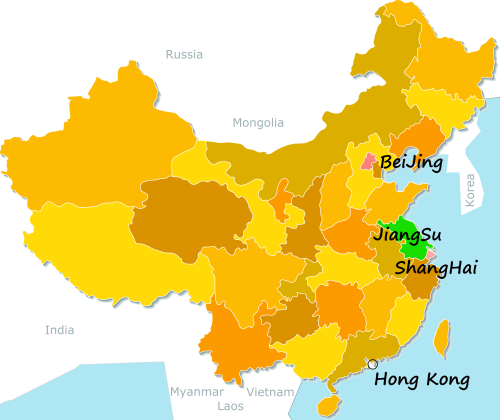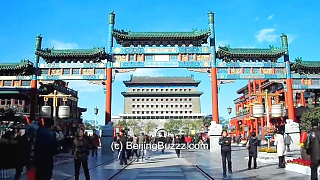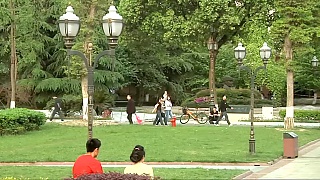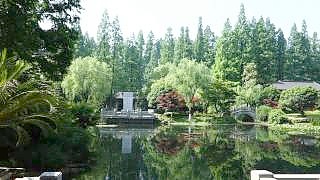
|
With China Walking Tour ...
The DaMing Temple (大明寺) in YangZhou, JiangSu province, is a renowned Buddhist temple with a rich history dating back over a thousand years. It is one of the key cultural and historical landmarks in YangZhou and holds significant importance in Chinese Buddhist heritage. Here is more information about the DaMing Temple:
History and Origins:
Establishment: The DaMing Temple was originally built during the Southern Dynasties period in the 5th century AD, making it one of the oldest temples in Jiangsu province.
Significance: It was initially established by the ruler of the Liang Dynasty, Emperor Wu, as a center for Buddhist teachings and practices.
Architectural Features:
Main Hall (Mahavira Hall): The temple's main hall is the Mahavira Hall (大雄宝殿), a grand and majestic structure that enshrines statues of Buddha and other important figures in Buddhism.
Pagoda: The temple complex also includes a historic pagoda, known as the Yunyan Pagoda (云岩塔), which is a designated national treasure and an iconic symbol of Yangzhou.
Cultural Heritage:
Influence: Throughout its history, the DaMing Temple has played a pivotal role in the development of Buddhist culture, attracting scholars, monks, and pilgrims from across China and beyond.
Renowned Monks: The temple has been associated with several influential Buddhist monks and scholars, contributing to the spread of Buddhism and the exchange of knowledge.
Attractions and Highlights:
Yunyan Pagoda: The pagoda within the temple grounds is a must-visit attraction, offering panoramic views of Yangzhou from its upper levels.
Historic Artifacts: The DaMing Temple houses various Buddhist artifacts, scriptures, and relics, providing insights into the region's religious and cultural heritage.
Modern Significance:
Cultural Site: Today, the DaMing Temple remains an active Buddhist temple and a popular destination for tourists, scholars, and pilgrims interested in exploring China's Buddhist traditions.
Tourist Destination: Visitors can immerse themselves in the serene atmosphere of the temple complex, admire its architecture, and learn about its historical significance.
Location:
Address: DaMing Temple, No. 1 Taicheng Road, Hanjiang District, Yangzhou, Jiangsu Province, China.
The DaMing Temple in Yangzhou stands as a testament to China's enduring Buddhist legacy and serves as a living link to the region's ancient past. Its blend of architectural beauty, cultural heritage, and spiritual significance makes it a captivating destination for travelers seeking to explore Jiangsu's historical treasures.
|

 HaoHe River Scenic Area, NanTong 南通
HaoHe River Scenic Area, NanTong 南通






